Home>Gardening & Outdoor>Landscaping Ideas>How To Apply Lime To Your Grass
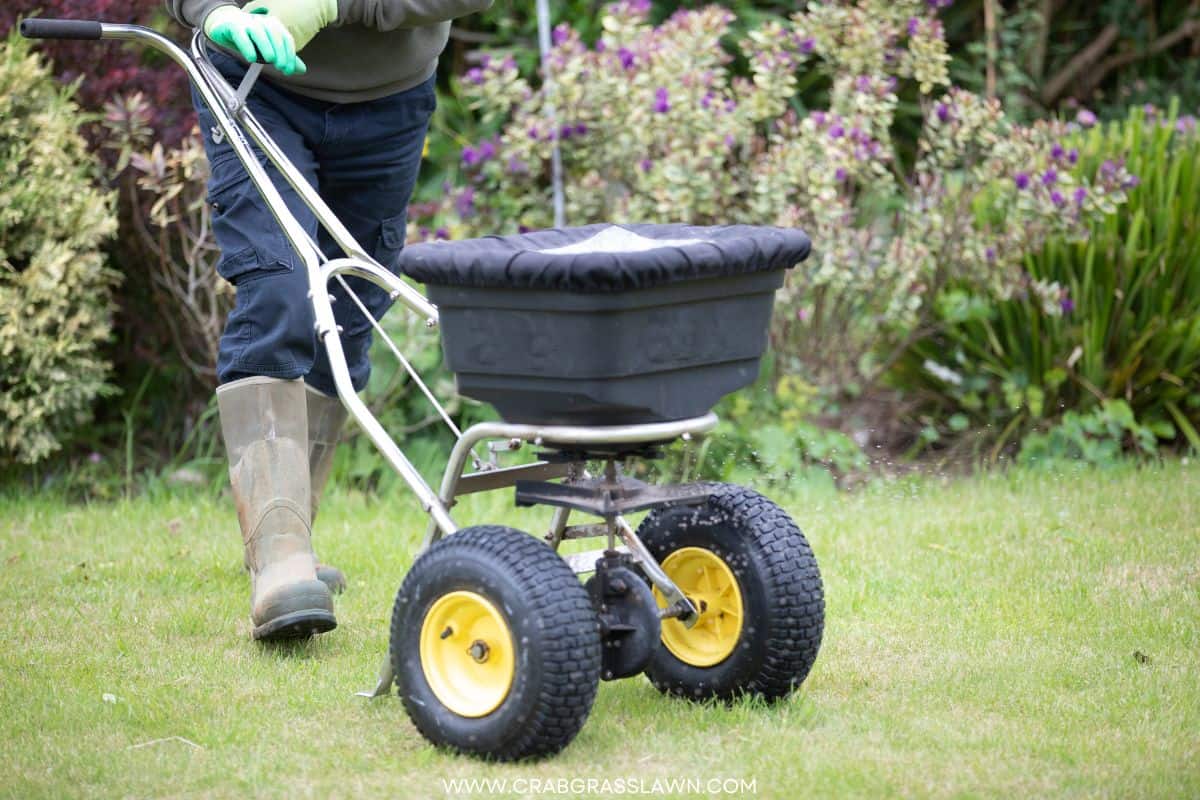

Landscaping Ideas
How To Apply Lime To Your Grass
Modified: February 25, 2024
Learn the best landscaping ideas for applying lime to your grass and achieve a lush, green lawn. Discover expert tips and techniques for effective lawn care.
(Many of the links in this article redirect to a specific reviewed product. Your purchase of these products through affiliate links helps to generate commission for Storables.com, at no extra cost. Learn more)
Benefits of Applying Lime to Your Grass
Applying lime to your grass offers a multitude of benefits that can significantly improve the health and appearance of your lawn. From balancing soil pH to enhancing nutrient availability, the advantages of lime application are truly transformative. Here are the key benefits of incorporating lime into your lawn care routine:
-
Balances Soil pH: Lime plays a crucial role in neutralizing acidic soil, which is essential for optimal grass growth. By raising the pH level, lime helps to counteract the effects of acidic soil, creating a more hospitable environment for grass to thrive.
-
Enhances Nutrient Availability: When soil pH is too acidic, essential nutrients such as nitrogen, phosphorus, and potassium become less available to plants. By applying lime, you can improve the soil's nutrient availability, ensuring that your grass receives the vital elements it needs for healthy growth.
-
Promotes Root Development: Balanced soil pH, facilitated by lime application, encourages robust root development in grass. Strong, healthy roots are essential for withstanding environmental stressors and promoting overall lawn resilience.
-
Improves Fertilizer Efficiency: Lime helps to maximize the effectiveness of fertilizers by ensuring that the nutrients they contain are readily accessible to the grass. This can lead to more efficient nutrient uptake and utilization by the grass, resulting in healthier and lusher growth.
-
Reduces Aluminum Toxicity: In acidic soils, aluminum toxicity can pose a threat to plant health. Lime application effectively mitigates this risk by raising the soil pH, thereby reducing the potential for aluminum toxicity and its detrimental effects on grass.
-
Enhances Microbial Activity: Lime creates a more favorable environment for beneficial soil microbes, which play a crucial role in breaking down organic matter and releasing nutrients for grass uptake. By promoting microbial activity, lime contributes to overall soil health and vitality.
-
Improves Overall Lawn Health: By addressing soil acidity and enhancing nutrient availability, lime application ultimately leads to improved overall lawn health. Healthier, more vibrant grass not only enhances the aesthetic appeal of your property but also contributes to a more enjoyable outdoor environment for recreation and relaxation.
Incorporating lime into your lawn care regimen can yield a multitude of benefits, ultimately leading to a more vibrant, resilient, and visually appealing lawn. By understanding the advantages of lime application, you can take proactive steps to optimize the health and vitality of your grass, creating a lush and inviting outdoor space for enjoyment and relaxation.
Key Takeaways:
- Applying lime to your grass balances soil pH, enhances nutrient availability, promotes root development, and improves overall lawn health. It creates a vibrant, resilient, and visually appealing lawn for enjoyment and relaxation.
- To maximize the benefits of lime, conduct regular soil testing, apply lime with precision, consider seasonal timing, incorporate organic matter, monitor moisture levels, observe grass response, and prioritize safety measures.
Read more: How To Apply Astro Turf
When to Apply Lime to Your Grass
Determining the optimal timing for applying lime to your grass is crucial for achieving the desired results. The ideal timing is closely linked to the specific needs of your lawn and the existing soil conditions. While there is no one-size-fits-all answer, several key factors can guide you in determining the most suitable time for lime application.
Assessing Soil pH Levels
Before delving into the timing of lime application, it's essential to assess the current pH levels of your soil. This can be accomplished through a simple soil test, which provides valuable insights into the acidity or alkalinity of the soil. Ideally, the pH level for most grass types should fall within the slightly acidic to neutral range, typically between 6.0 and 7.0. If the soil test reveals that the pH level is below this range, indicating acidity, it may be an opportune time to consider applying lime to your grass.
Seasonal Considerations
The choice of season plays a pivotal role in determining when to apply lime to your grass. Fall is widely regarded as an optimal time for lime application, primarily due to the natural processes that occur during this season. As the temperatures begin to cool, the soil becomes more receptive to amendments, allowing the lime to integrate effectively. Additionally, applying lime in the fall provides ample time for it to interact with the soil and initiate the pH-balancing process before the onset of the next growing season.
Spring Application
While fall is generally favored for lime application, spring also presents a viable opportunity to address soil acidity and promote optimal grass growth. Applying lime in the early spring allows it to gradually permeate the soil, exerting its pH-balancing effects as the grass enters its active growth phase. This timing ensures that the grass can benefit from the improved soil conditions throughout the growing season, fostering lush, healthy growth.
Read more: When To Apply Grass Killer
Frequency of Application
In some cases, a single application of lime may be adequate to address soil acidity and establish a balanced pH level. However, for lawns with persistent acidity issues, or those subjected to ongoing factors that contribute to soil acidification, such as heavy rainfall or certain types of fertilizers, more frequent applications may be necessary. Regular soil testing can provide valuable insights into the effectiveness of previous lime applications and guide the timing of subsequent treatments.
By considering the current pH levels of your soil, seasonal dynamics, and the potential need for recurring applications, you can determine the most opportune time to apply lime to your grass. This strategic approach ensures that the lime can effectively balance the soil pH, setting the stage for vibrant, healthy grass growth and a lush, inviting lawn.
How to Test Your Soil's pH Level
Testing your soil's pH level is a fundamental step in understanding its acidity or alkalinity, providing valuable insights that guide the application of lime and other soil amendments. Fortunately, there are several straightforward methods for assessing soil pH, each offering unique advantages in terms of accuracy and convenience.
Soil Testing Kits
Soil testing kits, available at garden centers and hardware stores, offer a user-friendly and cost-effective means of determining soil pH. These kits typically include test strips or capsules containing reactive compounds that change color based on the soil's pH level. By following the kit's instructions and comparing the resulting color to a provided chart, you can ascertain the approximate pH of your soil. While soil testing kits provide quick results, it's important to note that they may offer a general pH range rather than a precise value.
Digital pH Meters
Digital pH meters represent a more advanced yet accessible option for testing soil pH. These handheld devices feature a probe that is inserted into the soil, measuring the pH level with high precision and displaying the results on a digital screen. Digital pH meters are favored for their accuracy and ability to provide specific pH values, offering a comprehensive understanding of the soil's acidity or alkalinity. While digital pH meters may require a slightly higher initial investment, their reliability and precision make them a valuable tool for dedicated gardeners and lawn enthusiasts.
Read more: What Does Lime Do To The Grass
Laboratory Testing
For a comprehensive and detailed analysis of your soil's pH, professional laboratory testing is an invaluable resource. Many agricultural extension services and private laboratories offer soil testing services, allowing you to submit soil samples for thorough analysis. This method yields precise pH measurements and often includes additional insights into soil composition, nutrient levels, and recommendations for soil amendment. While laboratory testing may involve a longer turnaround time and potential costs, it provides a comprehensive understanding of your soil's characteristics, enabling informed decision-making regarding lime application and overall soil management.
By utilizing soil testing kits, digital pH meters, or professional laboratory services, you can gain a clear understanding of your soil's pH level, empowering you to make informed decisions regarding lime application and other soil management practices. Regular soil testing is a proactive approach that ensures your lawn receives the care it needs, fostering optimal growth and vitality.
Choosing the Right Type of Lime
Selecting the appropriate type of lime is a critical consideration when aiming to optimize the health and vitality of your grass. There are various forms of lime available, each with distinct characteristics and applications. Understanding the differences between these types of lime is essential for making an informed choice that aligns with the specific needs of your lawn and soil. Here are the primary types of lime commonly used in lawn care:
1. Calcitic Lime
Calcitic lime, also known as calcium carbonate, is a popular choice for addressing soil acidity and raising pH levels. It is derived from naturally occurring limestone and is composed primarily of calcium carbonate. This type of lime is advantageous for soils with a deficiency in calcium, as it effectively supplements this essential nutrient while neutralizing acidity. Calcitic lime is particularly beneficial for grass that thrives in neutral to mildly acidic soil conditions.
2. Dolomitic Lime
Dolomitic lime is another prevalent option for soil amendment, distinguished by its higher magnesium content in addition to calcium carbonate. Derived from dolomite rock, this type of lime offers the dual benefit of raising pH levels and addressing magnesium deficiencies in the soil. It is well-suited for soils that require both calcium and magnesium supplementation, making it a versatile choice for promoting overall soil health and nutrient balance.
Read more: When To Apply Fertilizer To Grass
3. Hydrated Lime
Hydrated lime, also referred to as calcium hydroxide, is a fast-acting lime option that is particularly effective for rapidly adjusting soil pH. It is produced by hydrating quicklime, resulting in a fine, dry powder that readily dissolves in water. Hydrated lime is known for its swift pH-modifying capabilities, making it a valuable choice for addressing acute acidity issues or achieving rapid pH adjustments in the soil. However, it is important to use hydrated lime judiciously, as excessive application can lead to alkalinity and potential harm to plants.
4. Pelletized Lime
Pelletized lime presents a convenient and user-friendly form of lime application, featuring granulated pellets that are easy to handle and distribute. This type of lime is often favored for its ease of use and uniform coverage, making it well-suited for larger lawn areas. Pelletized lime is typically composed of finely ground lime that has been formed into pellets using binding agents. Its convenient form and consistent distribution make it a practical choice for promoting balanced soil pH and supporting healthy grass growth.
When selecting the right type of lime for your grass, it is essential to consider the specific requirements of your soil, including its pH level, calcium and magnesium content, and the desired speed of pH adjustment. By carefully evaluating these factors and understanding the unique characteristics of each type of lime, you can make an informed decision that aligns with the needs of your lawn, ultimately fostering vibrant, resilient grass and a thriving outdoor environment.
Applying Lime to Your Grass
Once you have determined the type of lime best suited for your lawn and assessed the ideal timing for application, the next crucial step is the actual process of applying lime to your grass. This fundamental task requires attention to detail and a methodical approach to ensure that the lime is effectively distributed and integrated into the soil, setting the stage for optimal grass growth and vitality.
Step 1: Preparation
Before applying lime, it is essential to prepare the lawn by mowing the grass to a moderate height. This facilitates even distribution of the lime and allows for better soil contact. Additionally, clearing the lawn of any debris or thatch ensures that the lime can directly interact with the soil, maximizing its impact.
Read more: How To Apply A Grass Patch
Step 2: Application Method
There are several methods for applying lime to your grass, each offering distinct advantages based on the size of the lawn and the available equipment. For smaller areas, handheld spreaders or shovels can be used to distribute the lime evenly. For larger lawns, mechanical spreaders, such as rotary or drop spreaders, provide efficient and uniform coverage, ensuring that the lime is dispersed effectively across the entire lawn.
Step 3: Uniform Distribution
Regardless of the application method chosen, the key objective is to achieve uniform distribution of the lime. This can be accomplished by applying the lime in overlapping rows, ensuring that no areas are missed and that the entire lawn receives an equal amount of lime. Paying attention to the recommended application rates based on soil test results is crucial for achieving the desired pH adjustment and nutrient balance.
Step 4: Watering and Incorporation
After the lime has been applied, watering the lawn is essential to facilitate the incorporation of the lime into the soil. This allows the lime to begin its pH-balancing effects and ensures that it reaches the root zone of the grass. Light irrigation immediately after application helps to initiate the activation of the lime, setting the groundwork for improved soil conditions and enhanced grass growth.
Step 5: Post-Application Care
Following the application of lime, it is advisable to refrain from mowing the lawn for a brief period to allow the lime to settle and integrate into the soil. This period of rest enables the lime to exert its pH-balancing effects without disruption, promoting an optimal environment for the grass to thrive.
By following these systematic steps and paying attention to the details of lime application, you can effectively integrate lime into your lawn care regimen, fostering balanced soil pH, enhanced nutrient availability, and vibrant, resilient grass. This proactive approach sets the stage for a lush, inviting lawn that serves as a testament to your dedication to optimal lawn care practices.
Read more: When To Apply Crabgrass Preemergent
Tips for Maximizing the Benefits of Lime
-
Regular Soil Testing: Conducting periodic soil tests is essential for monitoring the pH levels and identifying any fluctuations that may necessitate lime application. By staying proactive with soil testing, you can promptly address any acidity issues and ensure that your grass receives the optimal soil conditions for healthy growth.
-
Precision Application: When applying lime to your grass, strive for precision and uniform coverage. Avoid over-application, as excessive lime can lead to alkalinity, potentially impacting the health of your grass. Adhering to the recommended application rates based on soil test results is crucial for achieving the desired pH adjustment and nutrient balance.
-
Timing Considerations: While fall is generally favored for lime application, it's important to consider the specific needs of your lawn and soil. Assessing the soil pH and seasonal dynamics can guide the timing of lime application, ensuring that it aligns with the grass's growth stages and the soil's receptivity to amendments.
-
Incorporate Organic Matter: Complementing lime application with the incorporation of organic matter, such as compost or well-rotted manure, can further enhance the soil's health and nutrient availability. Organic matter contributes to soil structure and microbial activity, fostering a conducive environment for the grass to thrive.
-
Monitor Moisture Levels: Adequate soil moisture is crucial for facilitating the activation of lime and its integration into the soil. Monitoring moisture levels and ensuring that the soil is sufficiently hydrated after lime application promotes the effectiveness of the pH-balancing process and supports healthy grass growth.
-
Observe Grass Response: Pay attention to how your grass responds to lime application. Vigilantly observe changes in growth, color, and overall health, as these indicators can offer valuable insights into the effectiveness of the lime treatment. Adjustments to future lime applications can be informed by the grass's response and ongoing soil testing results.
-
Consider Liming Alternatives: In some cases, incorporating alternative soil amendments alongside or in lieu of lime may offer additional benefits. For example, gypsum can be effective for addressing soil compaction and improving water penetration, complementing the pH-balancing effects of lime for comprehensive soil health management.
By implementing these tips, you can maximize the benefits of lime application, fostering an optimal environment for vibrant, resilient grass and a lush, inviting lawn. These proactive measures contribute to the long-term health and vitality of your lawn, creating a visually stunning and enjoyable outdoor space for relaxation and recreation.
Precautions and Safety Measures for Applying Lime
When applying lime to your grass, it is essential to prioritize safety and adhere to precautions to ensure a smooth and hazard-free process. Lime, in its various forms, can pose potential risks if mishandled, emphasizing the importance of taking appropriate safety measures. Here are key precautions and safety guidelines to consider when applying lime to your lawn:
Protective Gear
Wearing appropriate protective gear is paramount when handling lime. This includes gloves, long-sleeved clothing, and eye protection to prevent direct contact with the skin and eyes. Additionally, a dust mask or respirator should be worn to avoid inhaling lime particles, especially during the application process.
Avoid Windy Conditions
Applying lime on a calm day is crucial to prevent the dispersion of lime dust by wind. Windy conditions can lead to the inhalation of lime particles and the unintended spread of lime beyond the targeted application area. Choosing a day with minimal wind ensures safer and more controlled application.
Read more: When To Put Lime On Bermuda Grass
Proper Storage
Storing lime in a secure, dry location is essential to prevent moisture absorption and the formation of lumps, which can complicate the application process. Additionally, storing lime away from incompatible materials and ensuring proper ventilation in the storage area minimizes potential hazards.
Diligent Cleanup
Thoroughly cleaning equipment, such as spreaders and shovels, after lime application is vital to prevent residual lime from coming into contact with skin or being inadvertently spread to non-target areas. Promptly washing clothing worn during the application and showering after handling lime further mitigates potential exposure.
Awareness of Chemical Interactions
Understanding the potential chemical interactions of lime with other substances is crucial. For instance, mixing lime with certain fertilizers or pesticides can lead to adverse reactions, potentially compromising their effectiveness or causing unintended chemical reactions. Therefore, it is essential to be mindful of potential interactions and avoid mixing incompatible substances.
First Aid Preparedness
Having a designated area with access to water, soap, and a first aid kit is essential when working with lime. In the event of skin contact or inhalation, immediate access to these resources allows for prompt and effective first aid measures to minimize potential harm.
By prioritizing safety and adhering to these precautions, you can ensure a secure and effective lime application process, promoting a healthy and vibrant lawn while safeguarding against potential hazards associated with lime handling.
Frequently Asked Questions about How To Apply Lime To Your Grass
Was this page helpful?
At Storables.com, we guarantee accurate and reliable information. Our content, validated by Expert Board Contributors, is crafted following stringent Editorial Policies. We're committed to providing you with well-researched, expert-backed insights for all your informational needs.
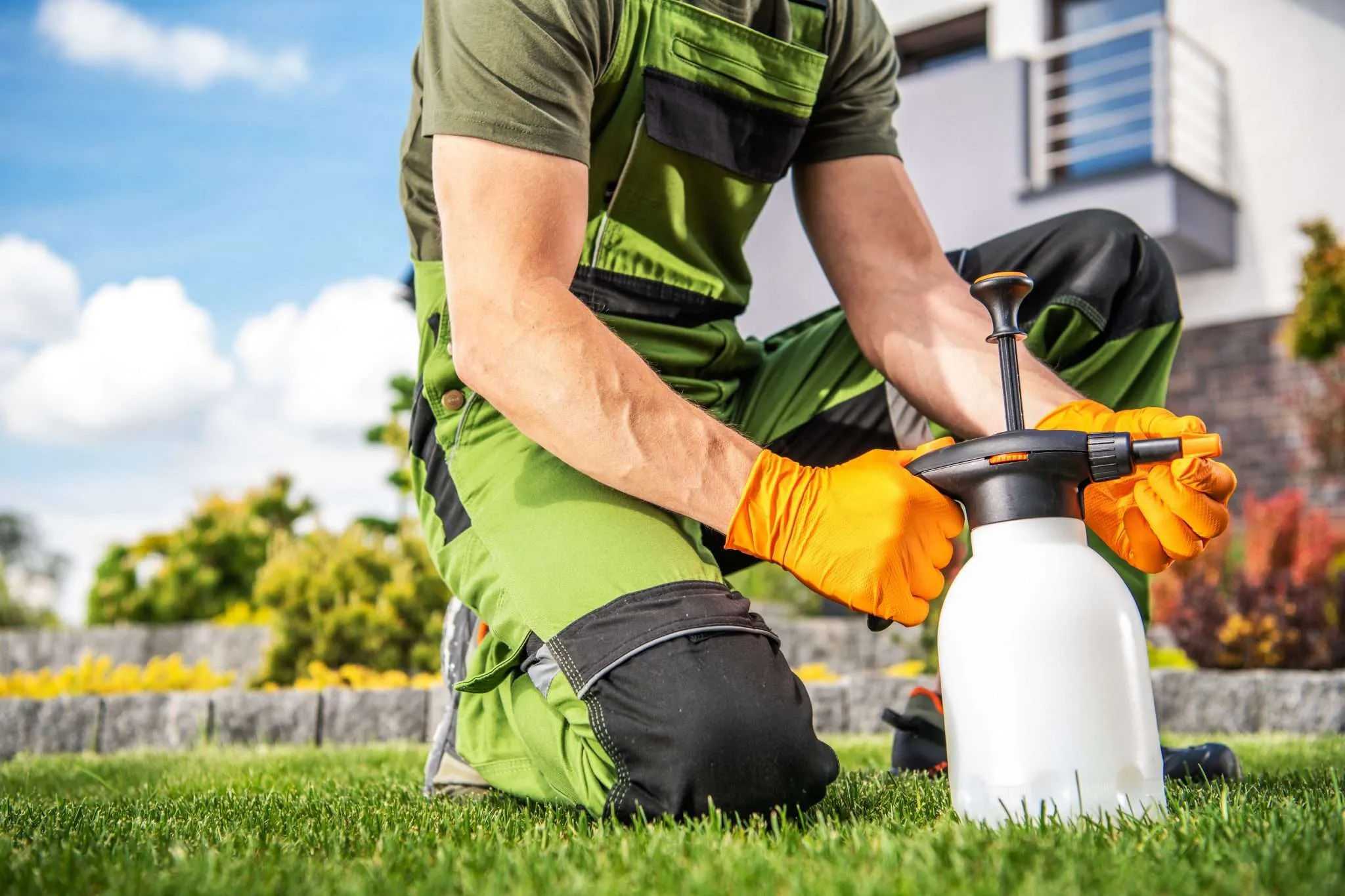
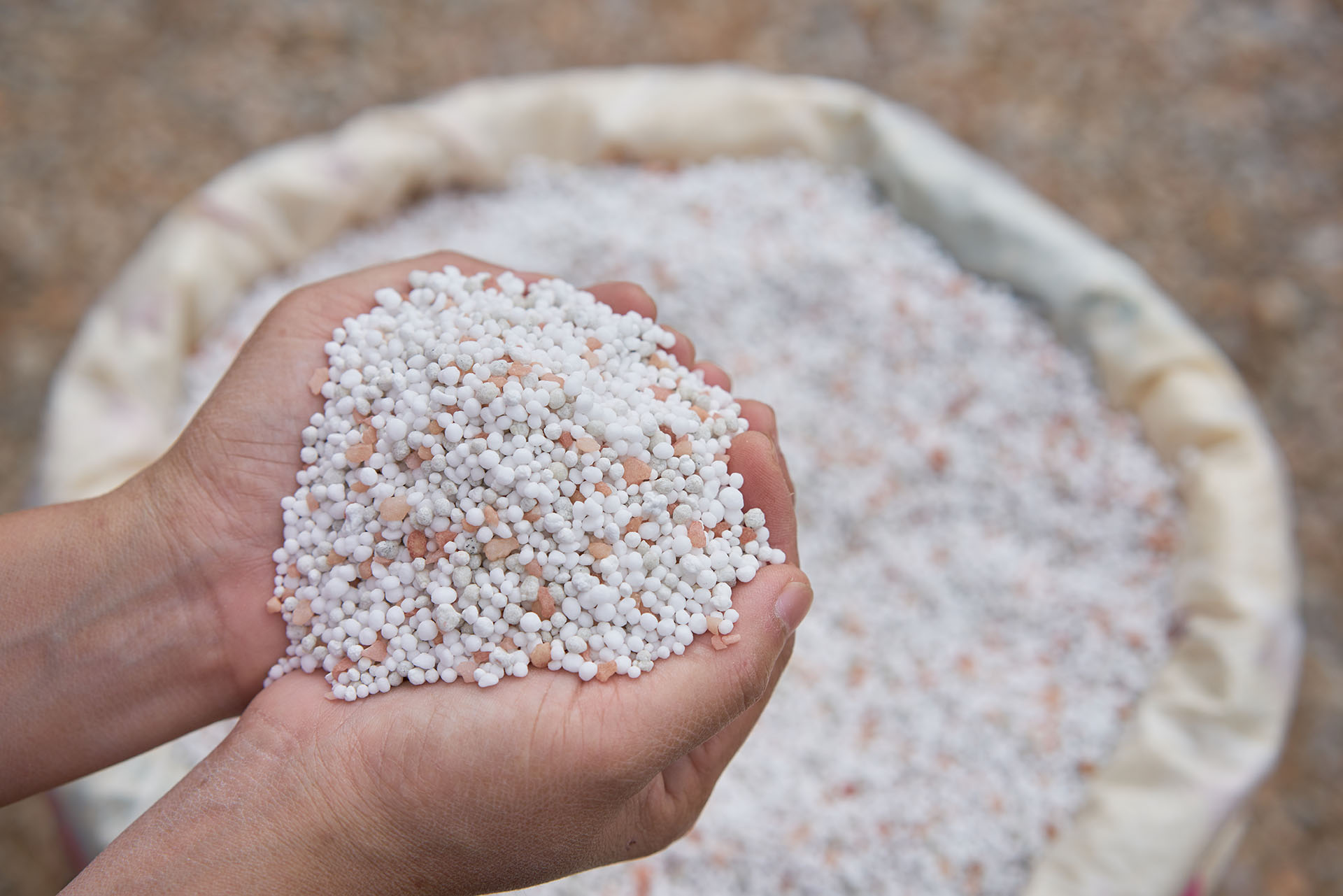
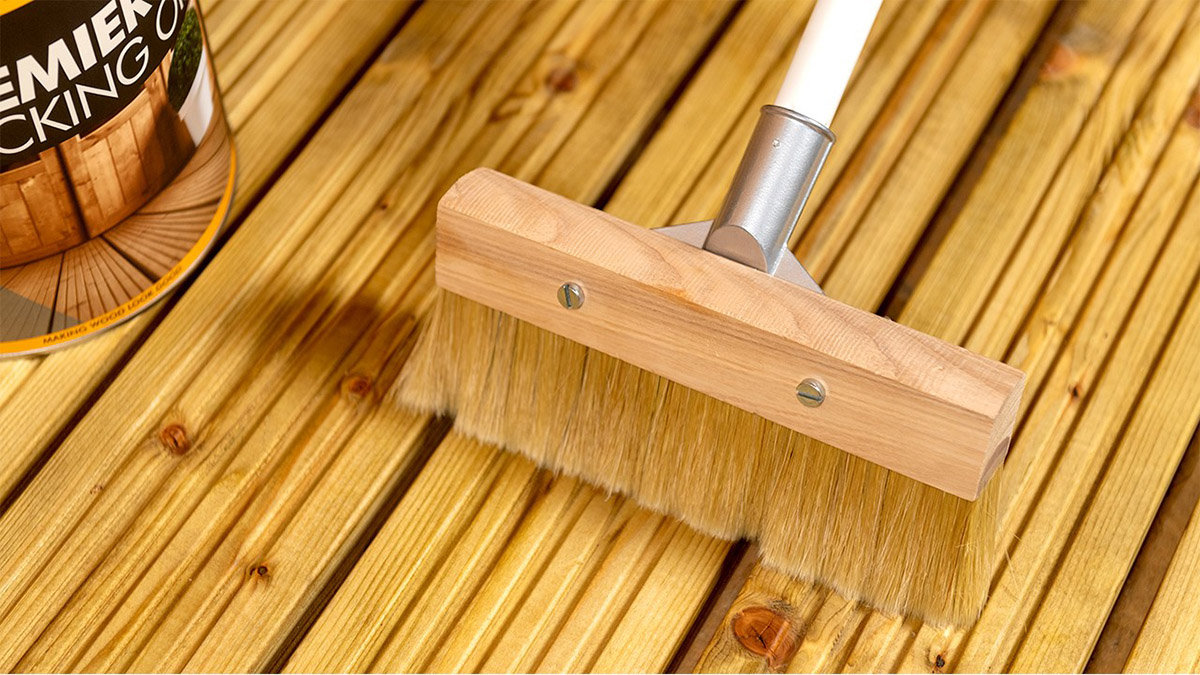
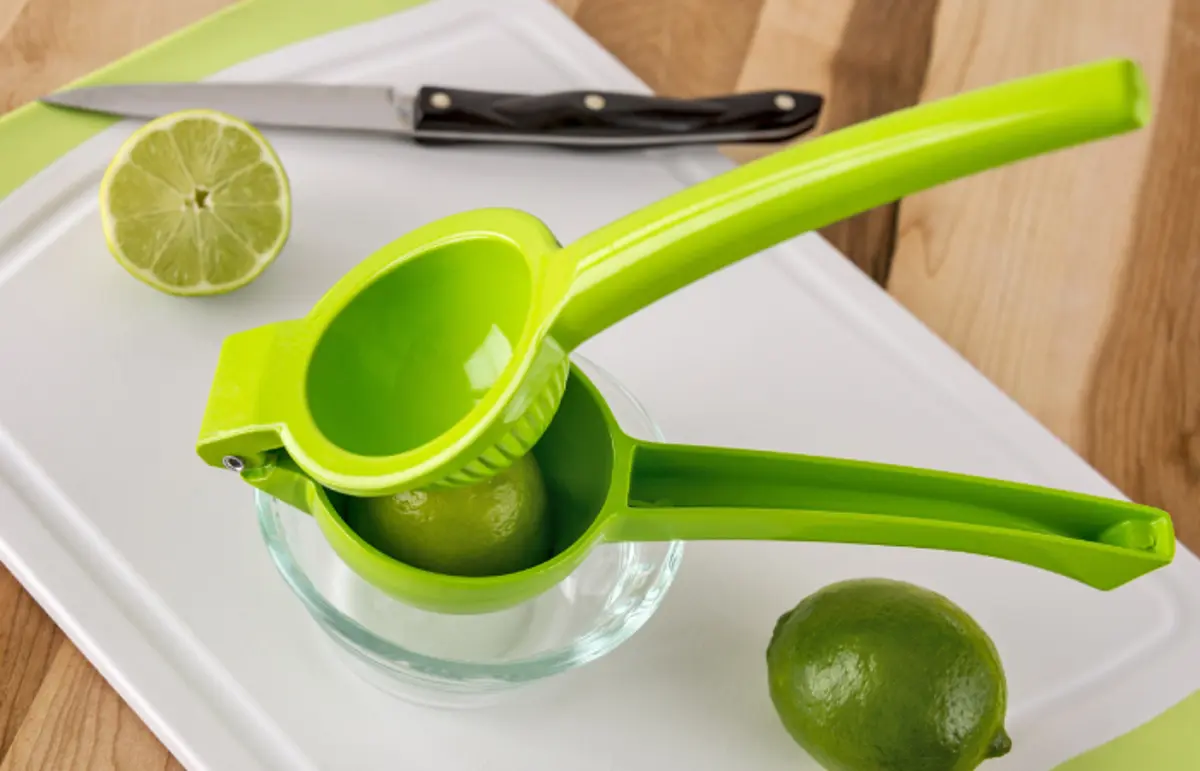

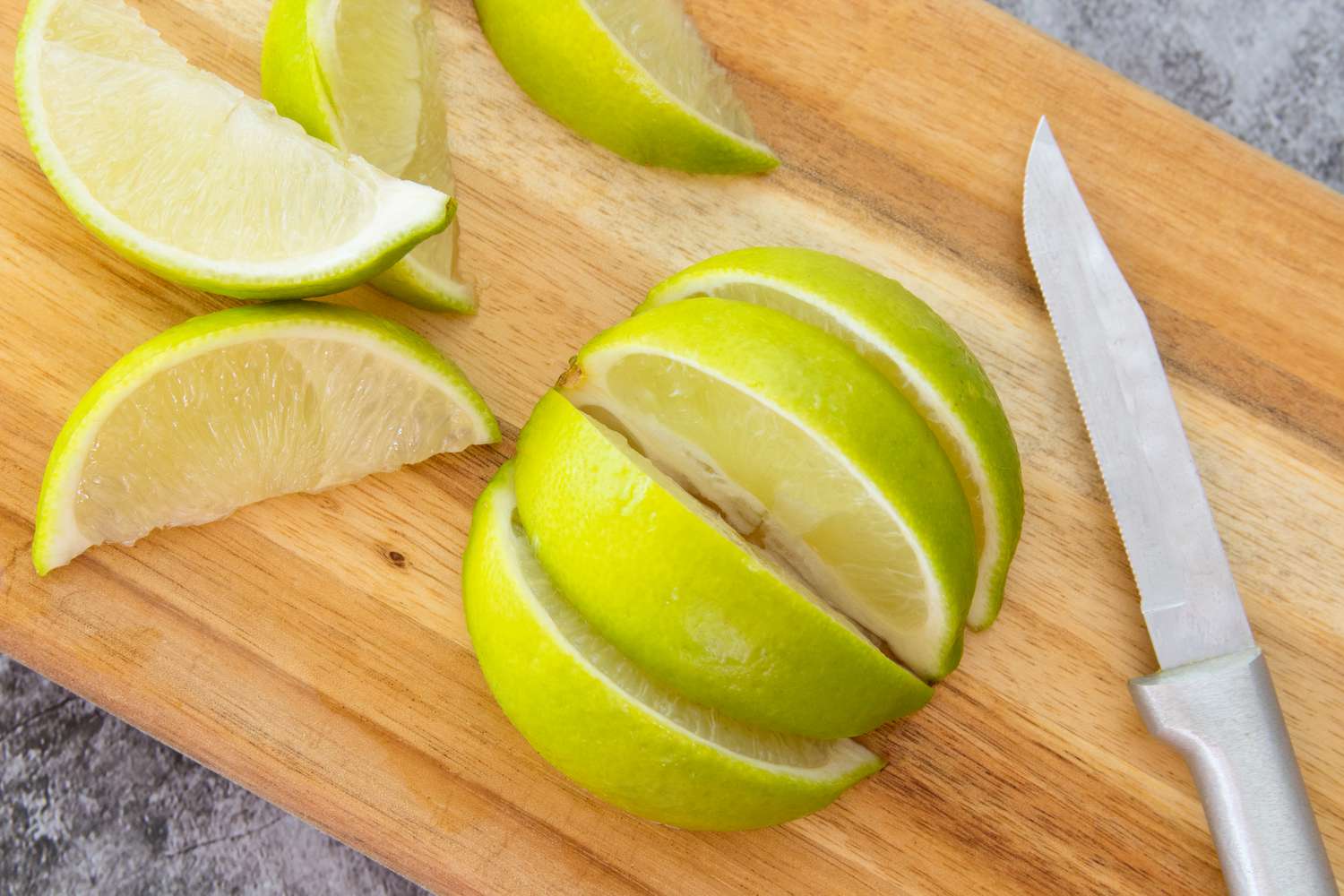

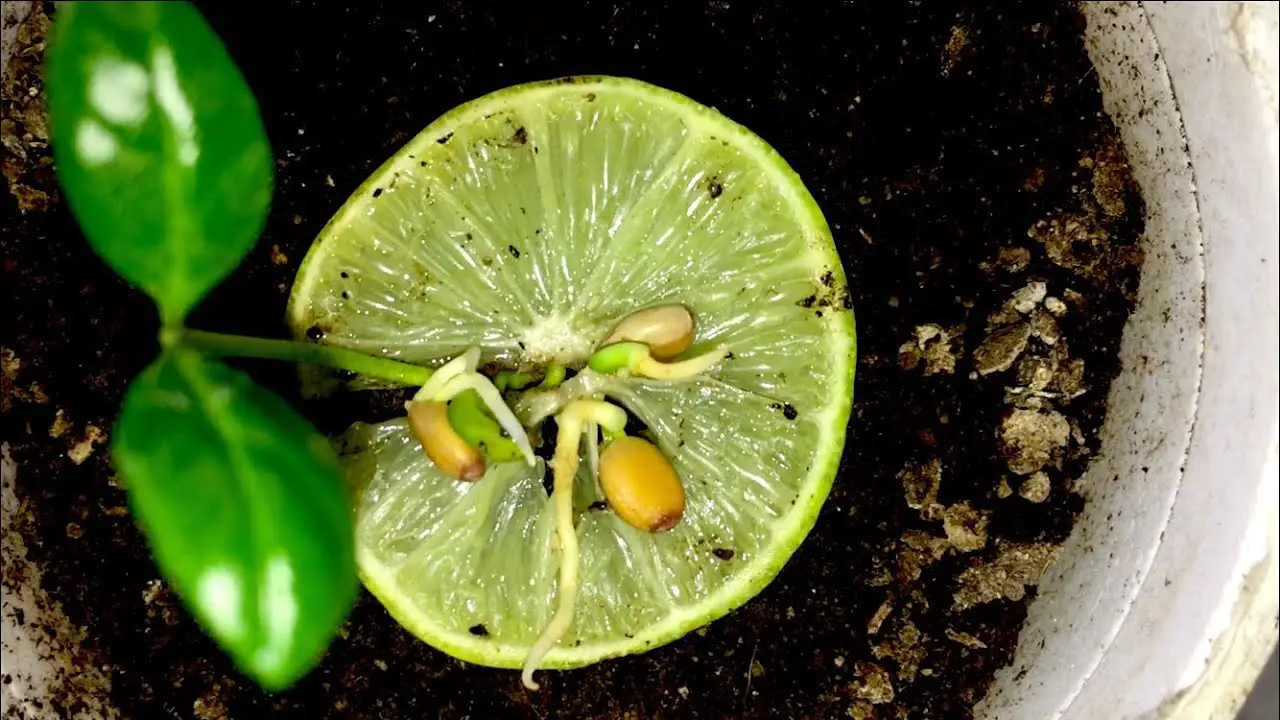
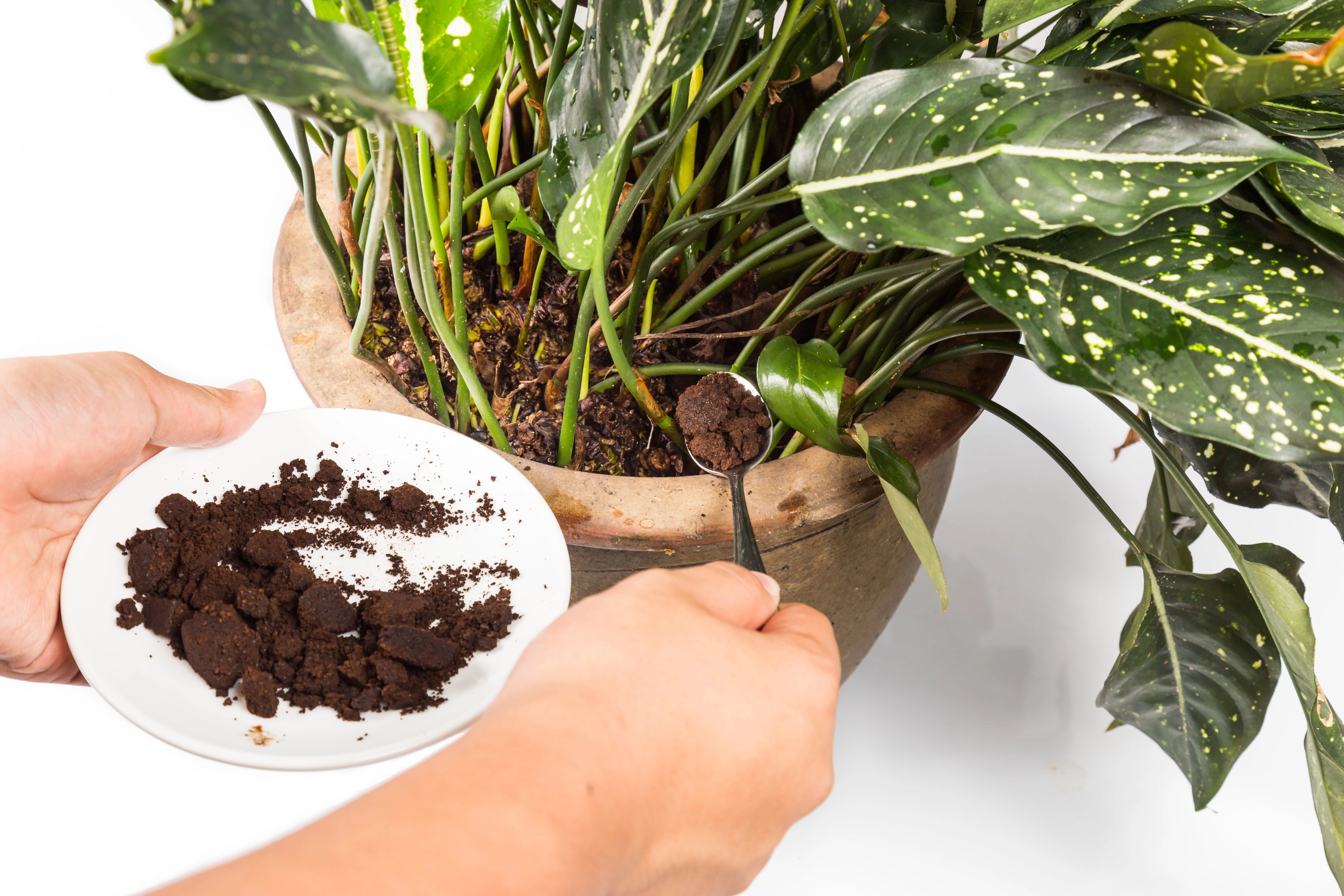

0 thoughts on “How To Apply Lime To Your Grass”